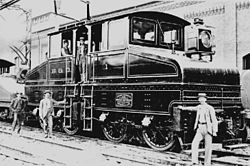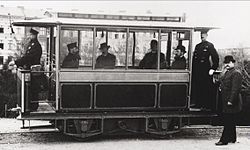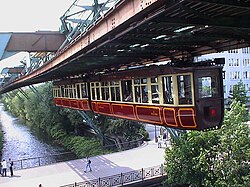Triumphs and wonders of the 19th century, the true mirror of a phenomenal era, a volume of original, entertaining and instructive historic and descriptive writings, showing the many and marvellous (14783141342)
Identifier: triumphswonderso01boyd (find matches)
Title: Triumphs and wonders of the 19th century, the true mirror of a phenomenal era, a volume of original, entertaining and instructive historic and descriptive writings, showing the many and marvellous achievements which distinguish an hundred years of material, intellectual, social and moral progress ..
Year: 1899 (1890s)
Authors: Boyd, James Penny, 1836-1910
Subjects: Progress Inventions
Publisher: Philadelphia, Pa., A. J. Holman & Co
Contributing Library: The Library of Congress
Digitizing Sponsor: Sloan Foundation
View Book Page: Book Viewer
About This Book: Catalog Entry
View All Images: All Images From Book
Click here to view book online to see this illustration in context in a browseable online version of this book.
Text Appearing Before Image:
VII. ELECTRIC LOCOMOTION. The dawn of the nineteenth century saw, as vehicles of locomotion, the saddled hackney, the clumsy wagon, the ostentatious stage-coach, the primitive dearborn, the lumbering carriage, the poetic "one-hoss shay". The WONDERS OF ELECTRICITY 45 universal energy was the horse. A new energy came with the application of steam, and with it new vehicular locomotion, — easier, swifter, stronger, for the most part cheaper, rendering possible what was hitherto impossible as to time and distance. This signal triumph of the century may not have been eclipsed by the introduction of subsequent locomotive changes, but it was to be supplemented by what, at the beginning, would have passed for the idle dream of a visionary. The horse-car came, had its brief day, and went out with all its inconveniences, cruelties, and horrors before, in part, the traction-car, and, in part, the rapidly revolutionizing energy of electricity.
Text Appearing After Image:
ELECTIC LOCOMOTIVE. The first conception of a railway to be operated by electricity dates from about 1835, when Thomas Davenport, of Brandon, Vt., contrived and moved a small car by means of a current from voltaic cells placed within it. In 1851, Professor Page, of the Smithsonian Institution, ran a car propelled by electricity upon the steam railway between Washington and Baltimore, butthough he obtained a high rate of speed, the cost of supplying the current bymeans of batteries —the only means then known — prohibited the commer-cial use of his method. With the invention of the dynamo as an economic and powerful generatorof electricitv, and also the invention of the motor as a means of turning electrical energy to mechanical account, the way was open, both m the United States and Europe, for more active investigation of the question of-electric-car propulsion. Between 1872 and 1887, different inventors, at home 46 TRIUMPHS AND WONDERS OF THE XIX™ CENTURY and abroad, placed in oper
Note About Images
Relevante Bilder










































Relevante Artikel
Geschichte des elektrischen Antriebs von SchienenfahrzeugenDie Geschichte des elektrischen Antriebs von Schienenfahrzeugen behandelt die historischen Abläufe und Entwicklungsschritte bei dessen Einführung. Neben den ersten Anfängen und anderen richtungsweisenden Entwicklungen wird die Einführung in Ländern dargestellt, die einen besonders großen Anteil an elektrisch betriebenen Strecken haben. .. weiterlesen
